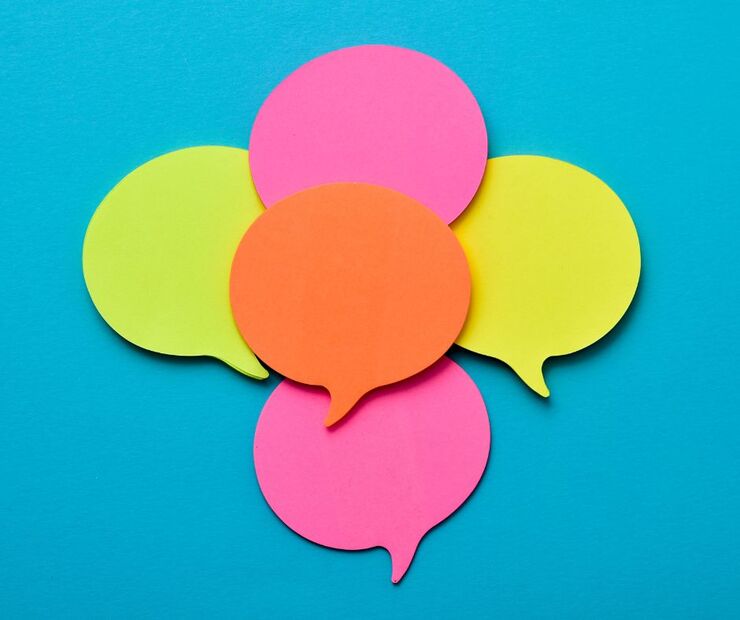
Remote learning may not effectively teach the pillars of figurative language. Children with knowledge of figures of speech have improved writing and social skills. We wanted to make a list that includes the proper terminology. Pre-K and elementary school students benefit from English lessons teaching figurative language.
We’ll give you a refresher on some words that may have been lost from embarking on a digital journey. You can refresh your memory on figures of speech in the book, Read Me a Rhyme, Please! The author, Barbara Beyer Malley, goes over these important lessons. She explains in detail the pillars of language and vocabulary building in children. Her Poetry Primer is ideal for preschool-aged children up to 2nd grade.
Here are some essential terms taught in English class at a young age. You can use these language and vocabulary activities to plan teaching lessons. Parents, homeschoolers, and preschool educators can use this resource guide.
- Alliteration: This figure of speech is when two or more words in a row start with the same letter. Alliteration is the first language learning lesson in this article. This figure of speech can turn into fun tongue twisters for kids. “Peter Piper picked a peck of pickled peppers.” Speaking these alliterations aloud is an excellent activity to develop language skills. Children also will become more determined and motivated to master the tongue twisters.
- Hyperbole: This figure of speech makes a point by using exaggeration in a phrase. Examples include: “I’m hungry like a wolf” or “I’m so hungry I can eat a horse.”
- Internal Rhyme: Sometimes called a middle rhyme, this figure of speech contains multiple verses. Types include Same, Separate, End of, and Middle of Line.
- Metaphor: Similar to similes, a metaphor is another literal type of comparison. Two completely different things are linked to make a point. This literal figure of speech uses similarities. Examples include “She has a heart of gold” or “It’s raining cats and dogs outside.” You may hear people use the phrase when starting a sentence, “metaphorically speaking.” You know you’re in for a mental excursion when hearing those words.
- Personification: This is a type of metaphor that gives something human characteristics. “This summer drought has my yard praying for rain.” Here are some other examples of personification for children to understand.
- Sibilance: When speaking, words that start with an “S” or “Z” deliver a hissing sound. This figure of speech also can be used in alliterations and tongue twisters. “The saucepan on the stove is starting to sizzle.” The nursery rhyme “She sells seashells at the seashore” has existed since 1909. Kids will have fun continuously repeating the sibilance. After tripping on the words, (because it will happen), everyone gets a good laugh.
- Simile: This figure of speech is similar to a metaphor but uses the words “like” or “as.” Examples include “These shoes feel like I’m walking on air” or “Her hair was as soft as silk.”
Although we use the figures of speech, many people forget the proper terminology. Teaching children these lessons will be fun and help them develop language skills. The Lioness is a poem adapted from The Fables of Aesop. In Read Me a Rhyme, Please, children can color pictures and enjoy the tale told in the book. There’s a quiz on the poem, where adults can have kids identify the figures of speech.
